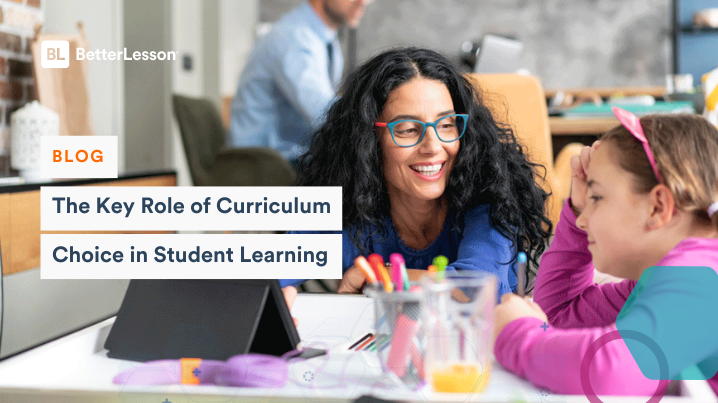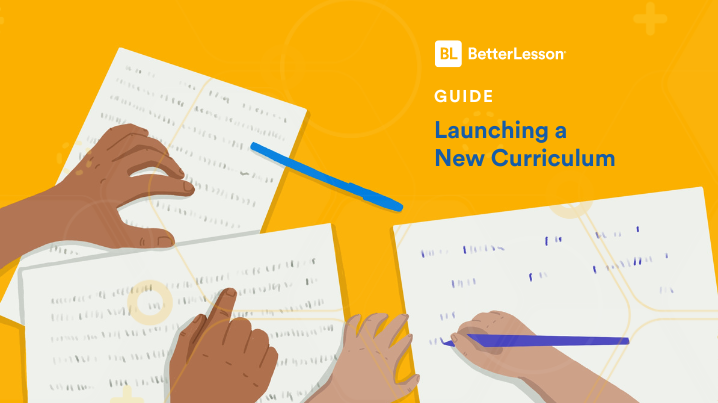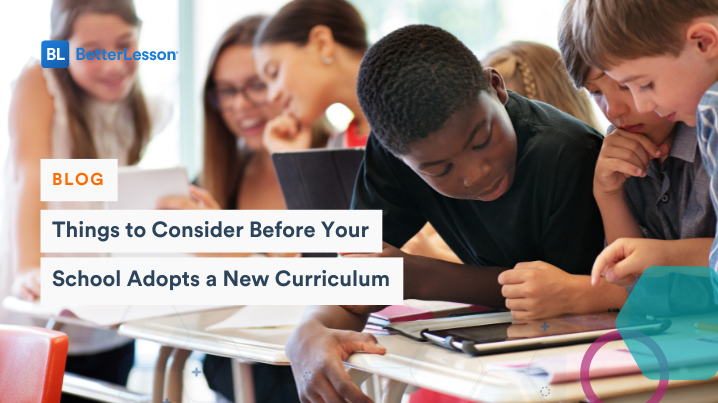Curriculum is a foundational component of schools. Moreover, curriculum isn’t simply about what is taught; it’s about learning more broadly, which includes student engagement, instructional strategies, cultural responsiveness, classroom community, and so much more.
Understanding the impacts that curriculum can have on schools and student learning can help guide decision-making around curriculum. In this blog post, we’re going to break down some of the key roles that curriculum can serve.
Academic Alignment
You know your students best: where they excel academically and where they need extra support. Curriculum can empower school leaders and teachers to tailor their instruction to their students’ needs.
As such, decisions around curriculum must be deliberate and strategic: Does your curriculum target the skills and concepts in which students need extra practice? Does your curriculum allow flexibility for differentiation and in-depth practice? When the curriculum is aligned with students’ academic needs, the impact on learning can be incredible.
Teacher Confidence
Curriculum and teacher confidence go hand-in-hand. If teachers have a thorough understanding of their curriculum, with the flexibility to integrate their own instructional strengths and expertise, they are more likely to feel confident in their teaching. This undoubtedly plays a pivotal role in the quality of instruction. In fact, research has consistently shown that teacher confidence, or teacher efficacy, has a strong impact on student outcomes.
A major part of developing teacher confidence with curriculum is creating a clear curriculum implementation plan, which includes comprehensive professional development, progress monitoring, one-on-one coaching, and more. To help school leaders navigate implementing a new curriculum, BetterLesson created this thorough guide: Launching a New Curriculum: Best Practices for Training Teachers and Implementing Change. In this practical guide, you will find the curriculum launch process broken into four actionable phases that ensure impact, fidelity, and engagement.
Student Engagement and Discourse
Student engagement is a priority in schools. If students aren’t interested in both what is being taught and how it is being taught, what is their motivation to be engaged in learning? Curricula decisions are at the forefront of this question.
There are so many evidence-based curricula approaches that we know foster student engagement and discourse. Whether it’s Project-Based Learning, Culturally Responsive Learning, or meaningfully integrated technology, there is a world of curriculum resources designed to authentically engage students in meaningful academic tasks and rich discussions. As a school leader, making decisions around curriculum is, in turn, making decisions around the quality of student engagement and the level of student discourse.
Representation and Cultural Responsiveness
Curriculum can have a profound impact on how students view themselves and the world around them. It is so important for students, particularly students with marginalized identities, to see themselves reflected in what they learn in school. On the other hand, curriculum can also play a critical role in providing students with insights into perspectives and experiences that are not their own.
We often call this strategy of using curriculum to both reflect students’ identities and experiences and reveal those of others’ a Windows and Mirrors approach. In this way, the curriculum can become a platform for celebrating identities, cultivating self-confidence, and building empathy.
The curriculum you choose is the foundation from which student learning and discourse is built. That’s why it’s so important to choose a curriculum that checks off all the boxes, while remaining flexible enough for modifications and differentiation. Ultimately, a carefully-chosen new curriculum, picked with your students and teacher in mind, can be the best decision you make for your school.
Unsure if you’re ready to take on a new curriculum? Check out our list of things to consider prior to making a change.
Want to learn more about the decisions necessary to implement curricula? Check out our webinar with EdWeek, Implementing High-Quality Curriculum.
Learn More







